Are rays fish? Yes, they are. What kind of fish is a ray? Rays are all fishes that belong to the superorder Batoidea. Thus, rays are also known as batoids. The types of rays include stingrays, manta rays, devil rays, eagle rays, electric rays, skates, sawfishes (carpenter sharks), and guitarfishes (shovelnose rays).
Rays are unique because they have wide, pectoral fins attached to their heads. In some rays, they look like wings, and they flap, too, so some batoids look like they’re gliding and flying through the water. In other rays, the wings undulate in wave-like movements.
Are rays sharks? No. Rays are closely related to sharks as both are elasmobranchs (i.e., they belong to the Elasmobranchii subclass). However, unlike sharks, which have torpedo-like bodies throughout, rays have partially or fully flattened dorsal and ventral surfaces.
Read on to learn more about rays.
A welcome note from Hannah Joanne Hogue
Originally from Los Angeles, California, Hannah Joanne Hogue studied at the University of Hawaii at Manoa and has built a 13-year career in the aquarium industry. Since early 2022, she contributed to the preopening of SeaWorld Yas Island Abu Dhabi and is now working with Endless Ocean, focusing on advancing marine experiences and conservation.
Rays’ habitat: Where do rays live?
You can find rays in a diverse range of habitats. Most rays are marine animals, but there are at least 18 species of rays that live in freshwater lakes and rivers.
Marine batoids typically live in tropical, subtropical, and temperate waters. Rays can exist deep in the continental and insular shelves and shallow coastal waters, with some inhabiting brackish or estuarine waters, seagrass meadows, and mangrove swamps.
Most rays spend their time in the benthic zone – i.e., on or under the sea floor. However, there are pelagic rays that prefer the water column of the open ocean above the sea floor.
Factors influencing habitat
Food availability is a major factor that influences habitat. However, changes in environmental factors can trigger movements in rays. For instance, manta rays breach estuarine environments seasonally, particularly when the surface temperature and precipitation are high.
The following are factors that can influence rays’ pattern of movements:
- Temperature
- Salinity
- Dissolved oxygen
- Tide
- Duration of light availability (i.e., photoperiod)
- Barometric pressure
- pH level
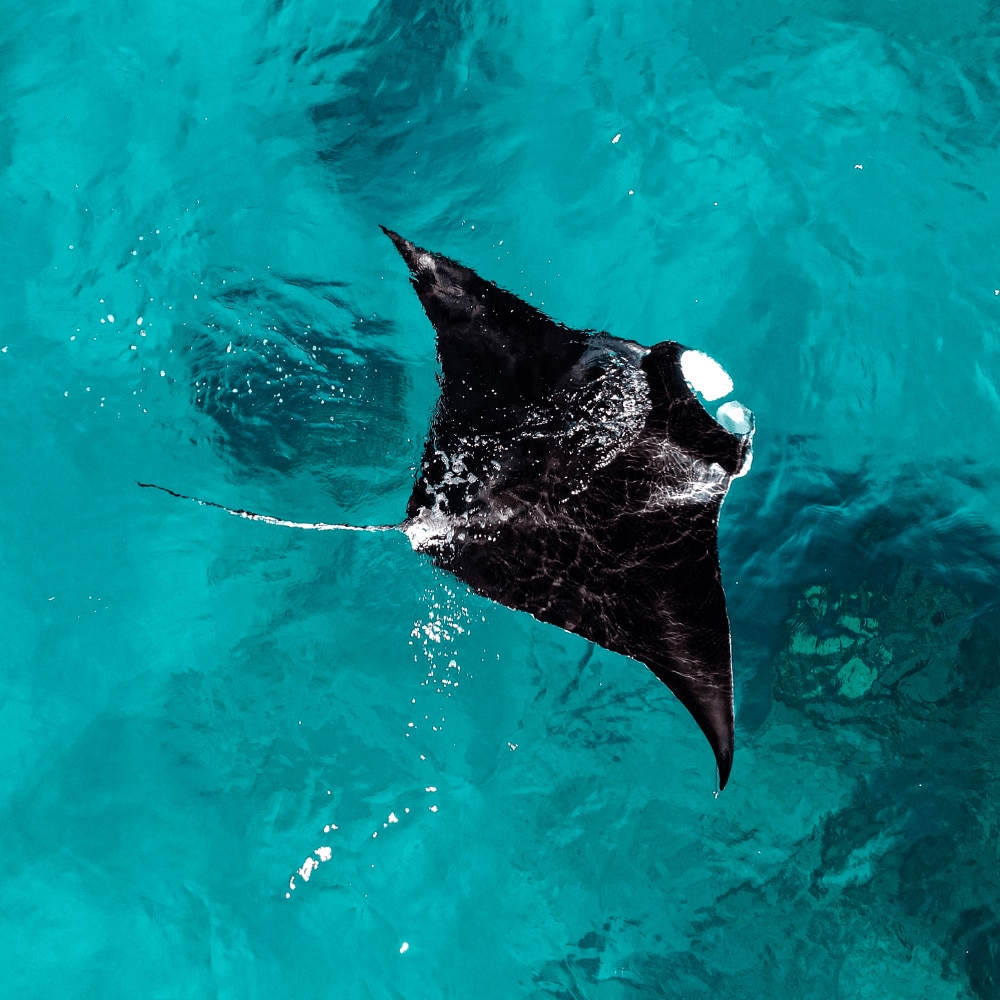
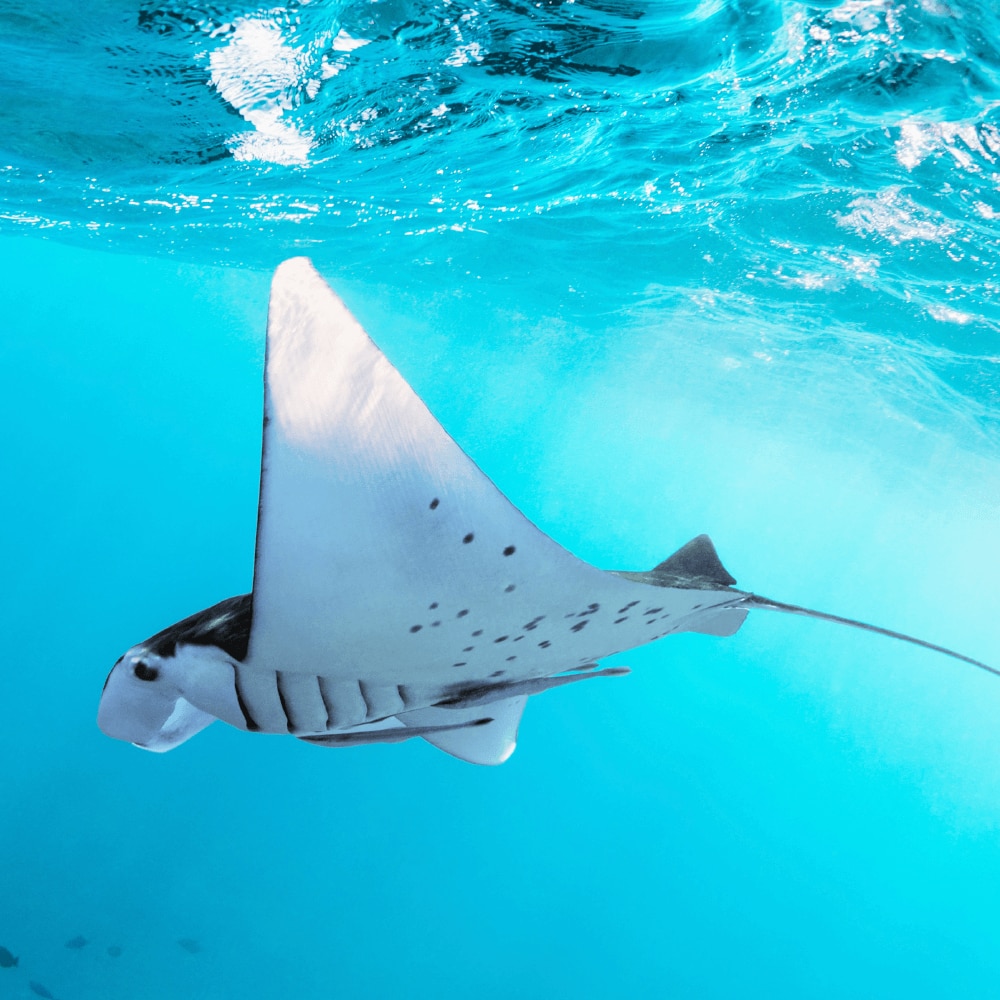
Scientific facts about rays
There are 633 species of rays, according to the book Rays of the World by the Commonwealth Scientific and Industrial Research Organisation (CSIRO). Approximately 19.9% of known batoid species are vulnerable, endangered or critically endangered.
This is how batoids are scientifically classified:
- Kingdom: Animalia
- Phylum: Chordata
- Subphylum: Vertebrata
- Infraphylum: Gnathostomata
- Class: Chondrichthyes
- Subclass: Elasmobranchii
- Superorder: Batoidea
- Order: Myliobatiformes, Torpediniformes, Pristiformes, Rajiformes
The above taxonomic classification will tell you rays are jawed fishes with a cartilaginous spine, five to seven pairs of uncovered gill slits, and a flattened (i.e., dorsoventrally flat) body.
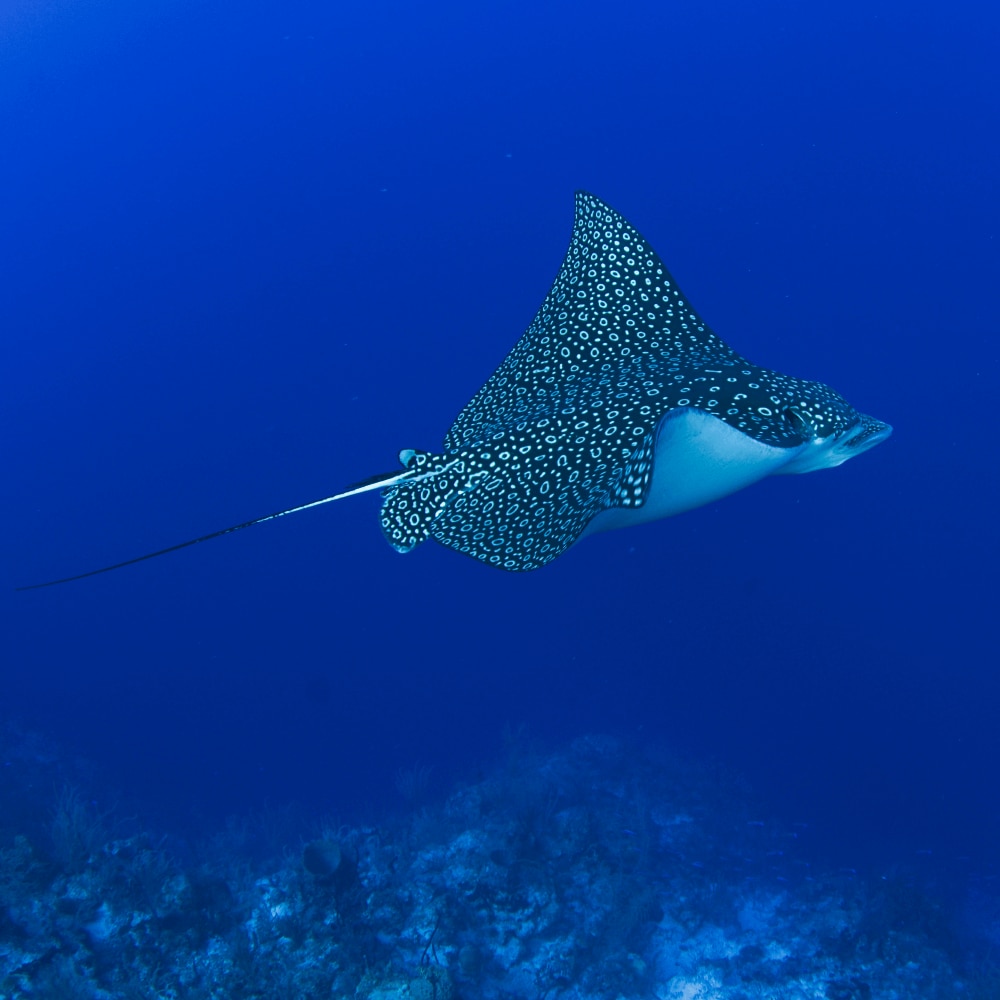
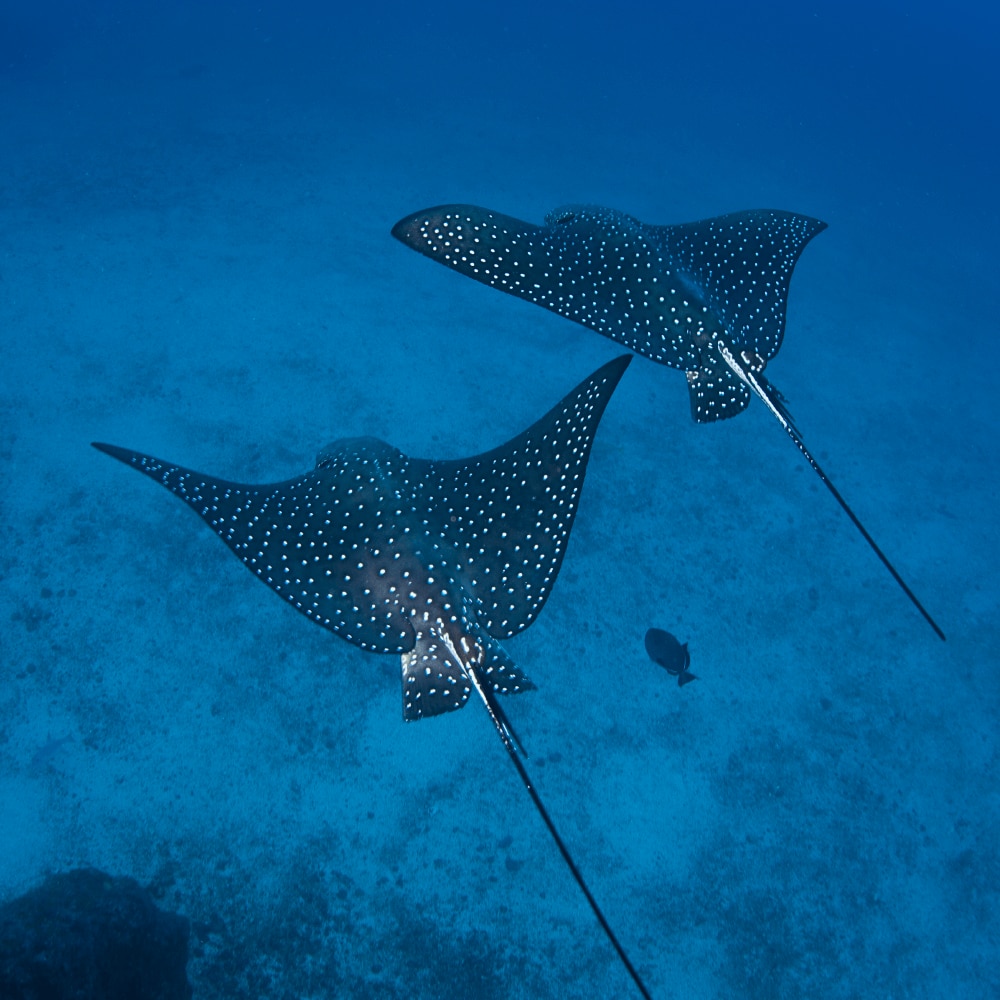
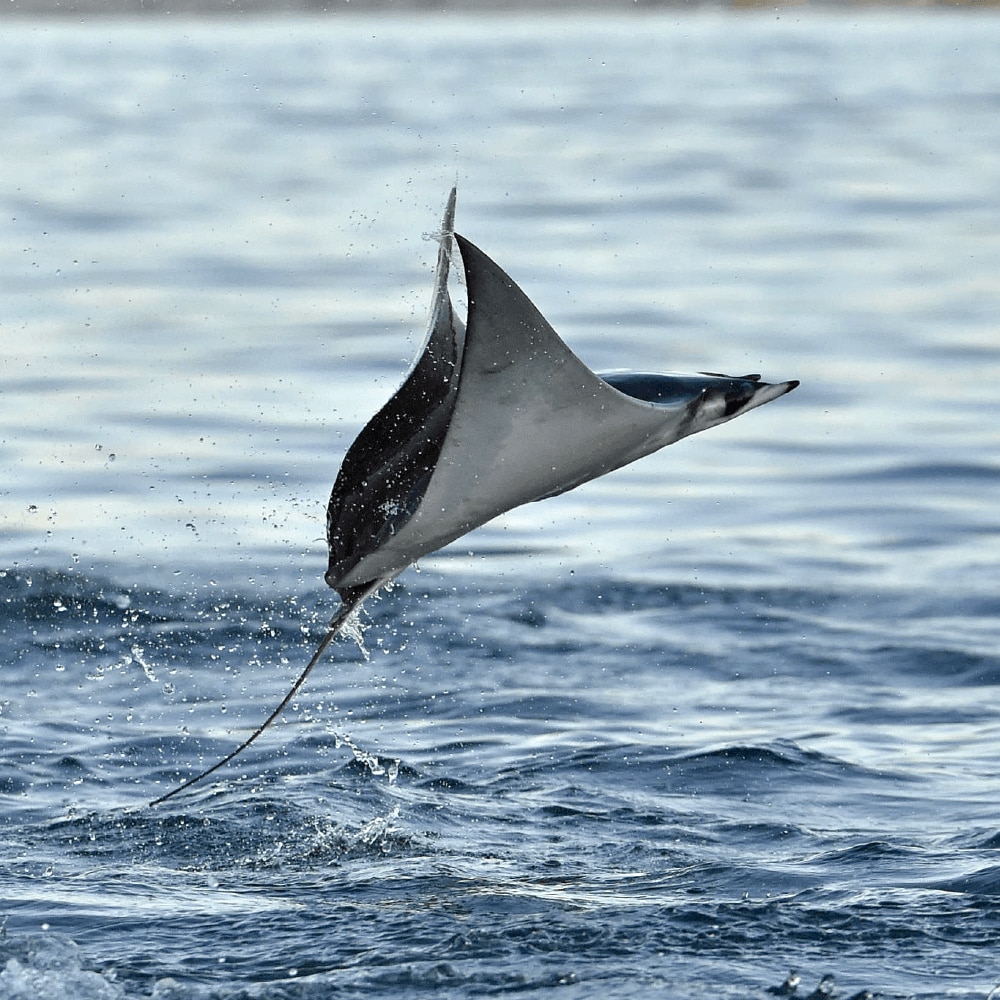
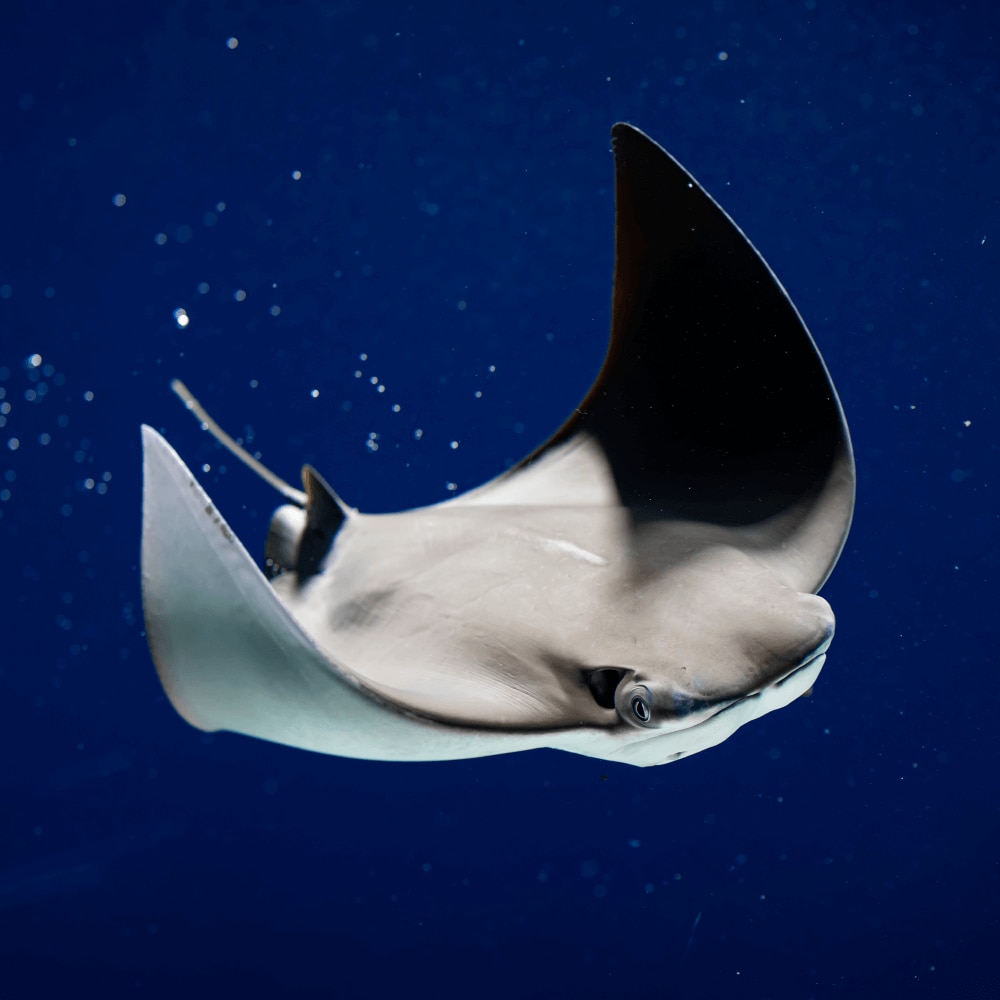
Types of rays
There are 26 families of batoids. They include but are not limited to the following:
- Dasyatidae (whiptail stingray)
- Mobulidae (devil rays and manta rays)
- Myliobatidae (eagle rays and bull rays)
- Gymnuridae (butterfly rays)
- Hexatrygonidae (sixgill stingrays)
- Plesiobatidae (deepwater stingrays)
- Potamotrygonidae (freshwater or river stingrays)
- Rhinopteridae(cownose rays)
- Urolophidae (round stingrays or stingarees)
- Urotrygonidae (American round stingrays)
- Narcinidae (numbfishes)
- Rajidae (skates)
- Rhinobatidae (guitarfishes)
- Torpedinidae (electric rays)
- Pristidae (sawfishes)
Manta rays and stingrays are two popular types of rays. They look alike, but pitting manta rays vs stingrays reveals differences in their physical appearance. For instance, manta rays (and the smaller mobulids, devil rays) have a wide wingspan, cephalic fins (horn-like appendages extending from the head), and a terminal, toothless mouth. In contrast, stingrays have teeth, and their mouth is on the underside of their bodies. They are also only slightly wider than they are long and do not have cephalic fins.
What do rays eat?
Rays eat zooplankton, krill, fishes, mollusks, worms, crustaceans, and marine mammals. They may also eat dead matter or the carcasses of dead marine animals.
Hunting methods
Benthic rays or bottom-feeding rays, like stingrays, guitarfishes, and skates, can drop on unsuspecting prey to trap them, stir up the bottom of the seafloor to reveal buried prey, and hide under the sand to catch unsuspecting animals. Rays create uplift with their pectoral fins to draw prey toward their body and into their mouths. Some rays (e.g., stingrays) chew their food or crush them with their powerful jaws.
Manta rays are filter feeders, channeling plankton- and krill-rich water into their open mouths with their cephalic fins. Sawfishes have a protruding, flat cartilaginous bill lined with teeth-like scales, and they swing this from side to side to displace and hit prey. Electric rays quietly drift over unsuspecting prey and electrocute them using glands on either side of their heads.
Rays: Characteristics at a glance
How big is a ray?
Rays or batoids vary widely in size. Some electric rays are as short as 13 centimeters, while some sawfishes can be longer than seven meters.
The short-nose electric ray is the smallest ray. Its disc is 10 cm wide, and it weighs half a kilogram. The largest batoid is the giant manta ray (Manta birostris). Their disc can be up to 8.8 m wide, and they can weigh up to 2,404 kilograms.
How many species of rays are there?
There are 633 known species of batoids, which include manta rays, stingrays, eagle rays, bull rays, electric rays, skates, sawfishes, and guitarfishes, among many other ray families.
Are all rays flat?
Rays are fully flat in front, and stingrays, manta rays, round rays, eagle rays, bull rays, ribbontail rays, electric rays, skates, and many other batoids are flat throughout. However, sawfishes and guitarfishes look more like flattened sharks with their pronounced head and torpedo-shaped posteriors. They also swim like sharks, moving their tail and caudal fins from side to side.
Do all rays have stings?
No. Not all rays have stings, however, Stingrays, butterfly rays, cownose rays, ribbontail rays, eagle rays, bull rays, and round rays do have them. Manta rays do not have stingers. Neither do skates, guitarfish, and sawfishes. Skates, though, do have thorny projections on their tails.
Is a stingray a poisonous fish?
Stingrays are venomous. They have barbs that can inject toxins into your body, and this can cause allergic reactions, extreme pain, and symptoms of poisoning.
Are rays dangerous?
Although generally considered harmless to humans, rays can be dangerous when threatened, stepped on or mishandled. Electric rays can produce up to 45 volts of electrical power. Stingray venom can cause severe pain, vomiting, sweating and respiratory distress. Furthermore, the bills on sawfishes and non-venomous thorns on skates and guitarfishes can cause injuries.
Rays’ adaptations
Over time, batoids have adapted to their environments to ensure the continuity of their species. The following are examples of these adaptations.
- Flat, disc-like bodies: Rays are flat at the top side (dorsally) and at the bottom side (ventrally). This dorsoventral flattening of the body is their adaptation to their benthic lifestyle.
- Eyes on top: Rays’ eyes are located on their dorsal (top) side. This is particularly useful for rays that lie on the ocean floor, even burying themselves in the sand, to wait for prey.
- Mouth at the bottom: Most rays, except manta rays, have mouths on their ventral side (underside) to support hunting on the sea bed.
- Spiracles: Spiracles are holes on the dorsal side, found immediately after the eyes and just before the gill slits. They help rays breathe when their gills are buried under the sand.
- Wing-like pectoral fins: The pectoral fins of skates are overdeveloped and fused to the head, turning the fins into wing-like appendages. These wings help rays glide on water, moving to create lift that helps rays stay afloat even though they don’t have swim bladders.
- Repurposed genes: Rays have adapted their genes so that two groups of genes appear to control the growth of the rays’ pectoral fins. One group controls the tail end, while another directs the development of the fin toward the head.
- Countershading: For camouflage, manta rays that hunt in the open ocean are darker on their dorsal surface compared to their ventral side.
- Coloration: Bottom-feeding rays are typically sand or mud-colored to blend in with the sea floor, and some rays can gradually change their colors to match a new habitat. Some rays, like the blue-spotted ribbontail rays, have vibrant blue spots to warn predators about their venomous barbs.
- Teeth: Manta rays don’t have teeth because they filter water for food. Those who prey on shellfish may have jaw teeth or powerful jaws for crushing shells.
- Defenses: Stingrays have venomous barbs on their tails to sting predators, skates have thorns on their backs and tails, and guitarfishes have thorny bodies to protect them against threats. Electric rays have kidney-shaped glands on their head that produce electrical shock, while sawfishes have flat saw-like bills.
See rays in real life at Sea World Yas Island, Abu Dhabi
Come and meet the rays here at SeaWorld Yas Island, Abu Dhabi. Learn about tropical rays at Tropical Ocean, and gain insight into the Arabian Gulf marine ecosystem and the rays that inhabit it in Abu Dhabi Ocean. Watch rays “fly” and glide through the water at Ray Reef.
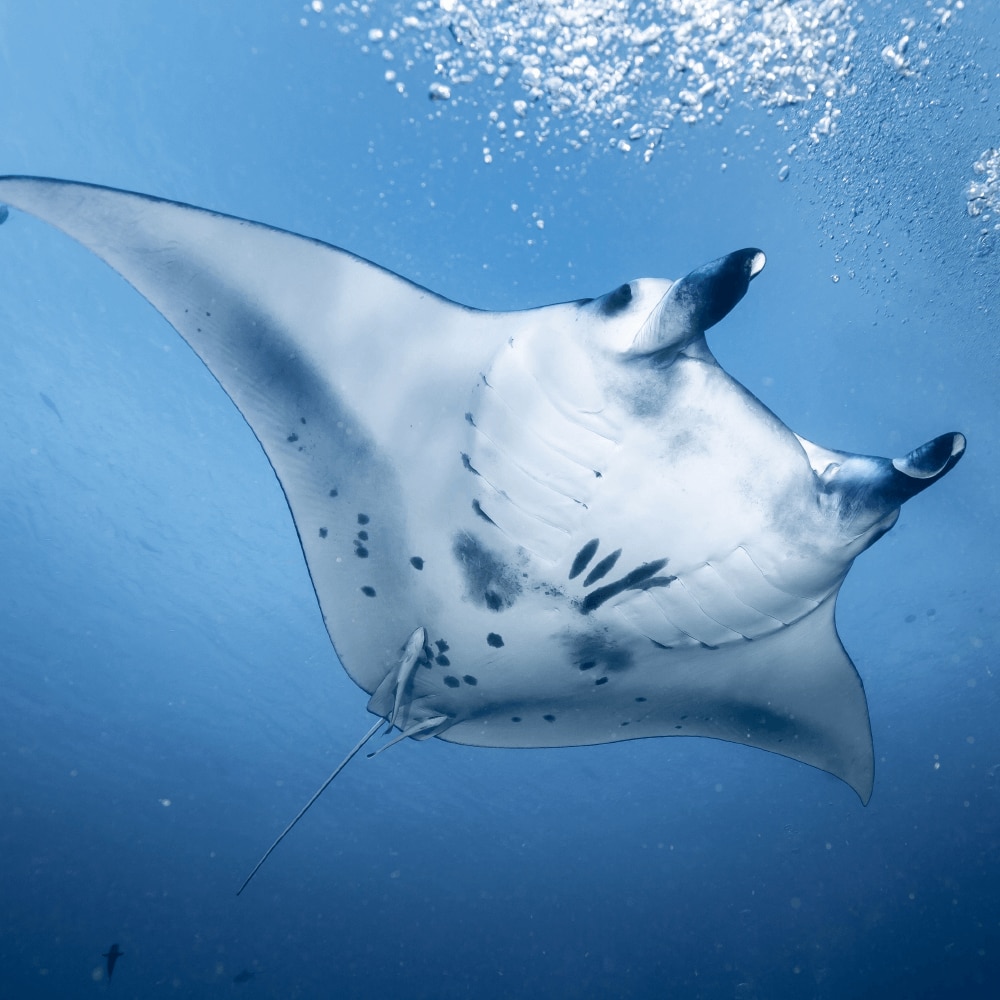
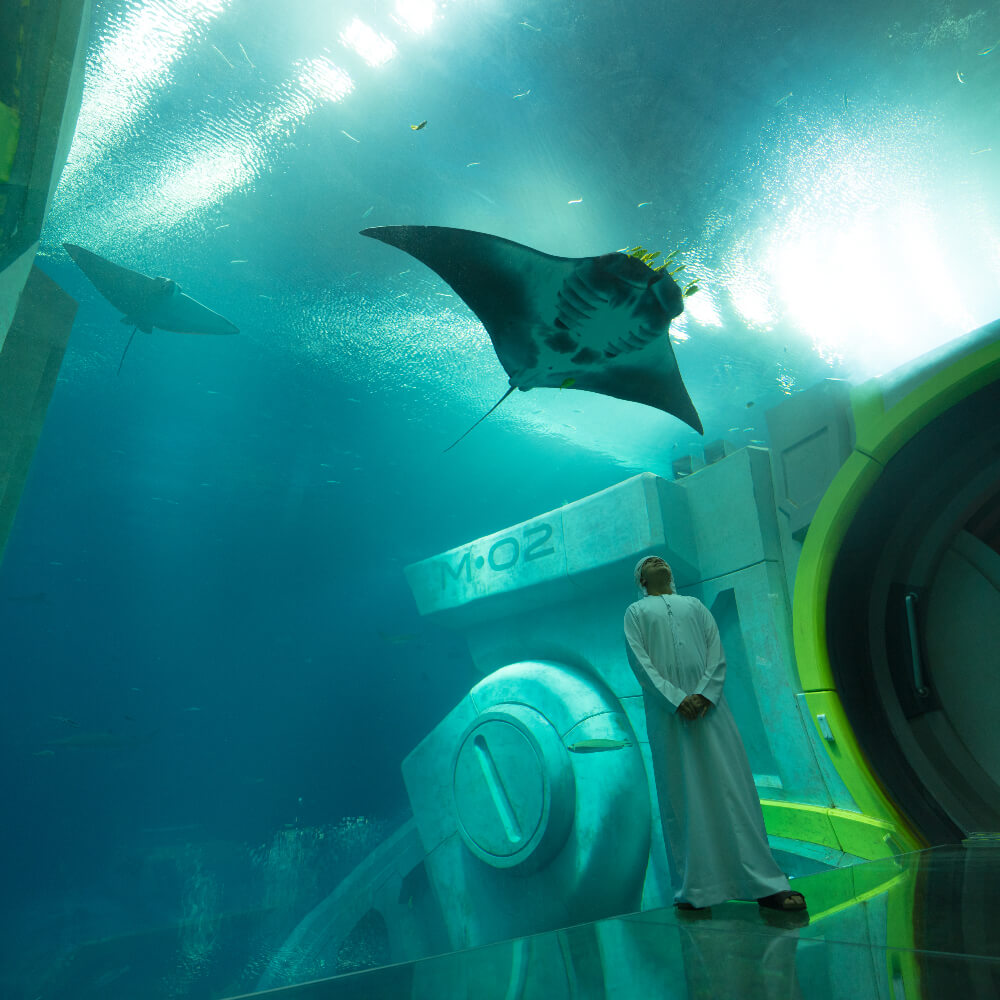
Did you like reading our story?
If you enjoyed or learned something from this story, sign up for our newsletter and be among the first to know when a new story comes up! Please enter your email below.



